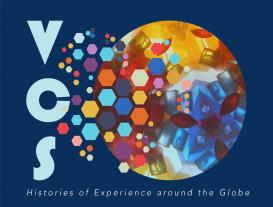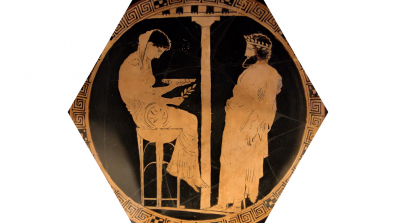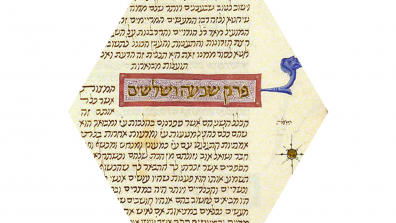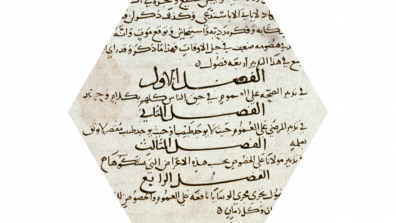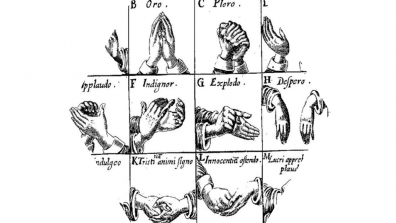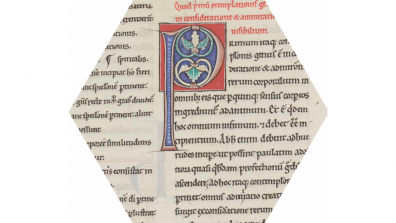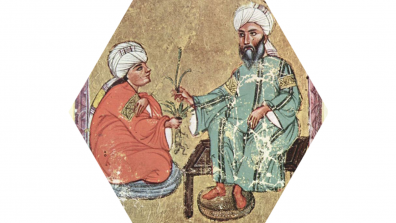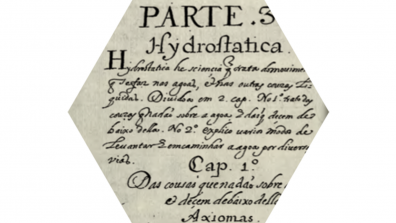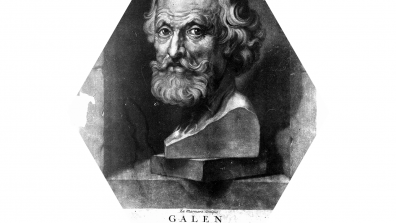This virtual publication offers students in the history of philosophy, science, and medicine a geographically wide-ranging selection of primary sources on experience in the premodern sciences of soul and body. Scholars around the world are invited to contribute their favorite source text on experience and complement it with an English translation and a short introductory essay.

